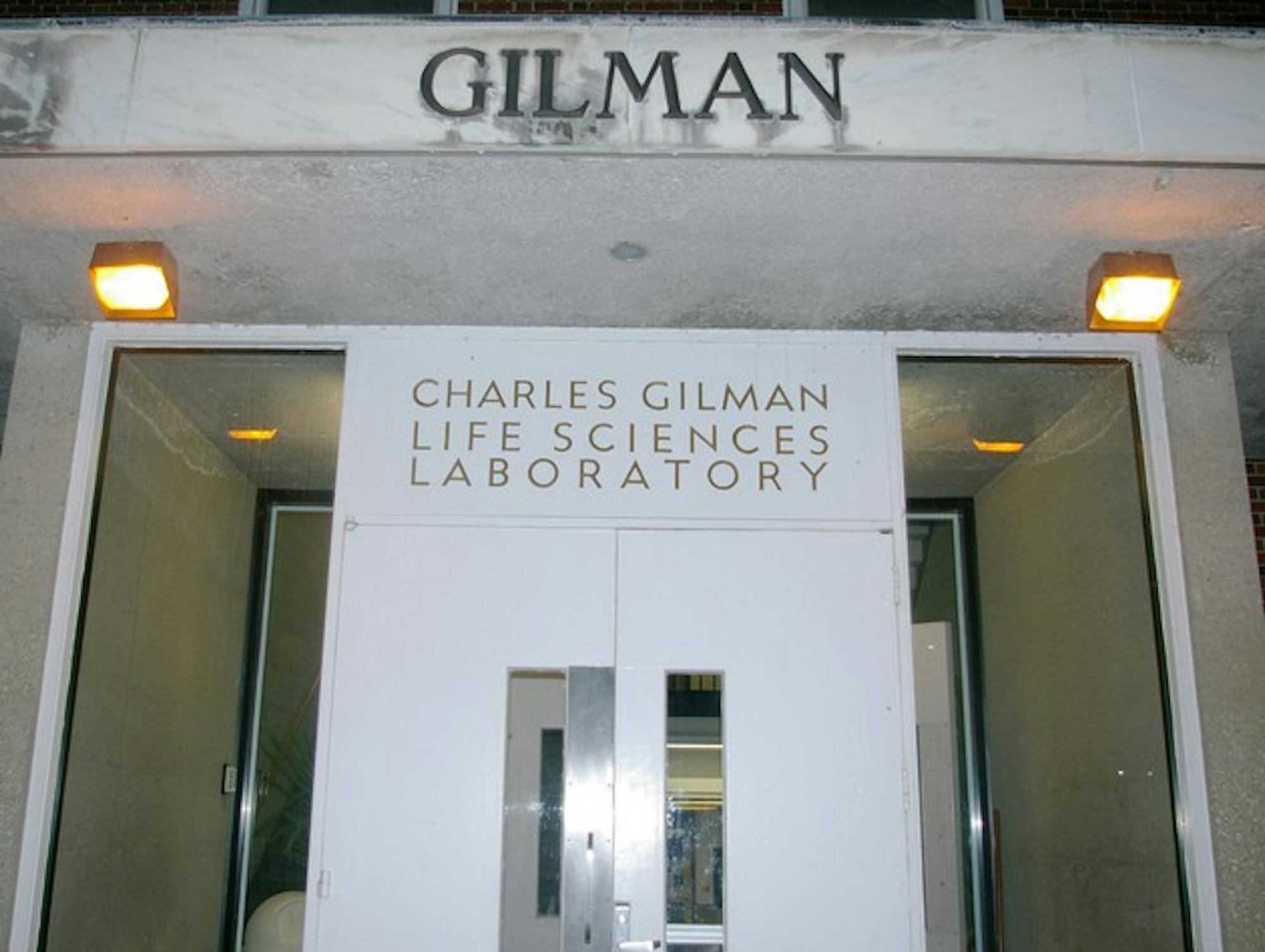That is how the Office of Planning, Design and Construction envisions the future Class of 1978 Life Sciences Center. The Center will be built on the site currently occupied by the Medical School's Strasenburgh Hall, Butler Hall and McCollum Modular Laboratory, three vacant buildings that are being demolished this week.
Named for the class of 1978, which is contributing $40 million towards the building's $93 million price tag, the Life Sciences Building will house the biology department. According to Stephen Campbell, director of the Office of Planning, Design and Construction, construction is continuing as scheduled, and the amount of time it is taking the College to acquire a permit is appropriate for any project of this size and scope .
The shell of the building should be completed in December, and the center should open March 2010, Campbell said. When completed, the building will be 174,000 square feet.
The new building will be one of the most energy-efficient in the country, and will incoporate "daylighting," or natural light, in addition to traditional lighting, to reduce the need for electricity. Storm water will also be collected, treated and pumped back into the building, which will reuse a million gallons of water annually.
"It's like an organism," Campbell said about the building.
Other aspects of the building's design, such as a green roof over the auditorium, will have not only a structural but also an educational function. While the roof will physically help to regulate the building's temperature, it will also form part of the department's research.
"Science in Sight" is the name of an interactive section of the complex that Campbell said will "put discoveries in the public realm." Two stories tall, one wall will feature a planted rock face that will allow the public to easily access the orchid collection that is currently housed in the Murdough Greenhouses. A fossil collection will be embedded into another wall. Older fossils will occupy the most space, with recent fossils limited to a small border towards the gallery's ceiling.
The gallery will incorporate technology heavily. Campbell described one planned interactive media wall as an "iPhone on steroids."
He said that the facility will have flat screen TVs capable of supporting video conferences. Students and faculty will be able to access media from the library, and some screens will broadcast movies or documentaries. Campbell said the design team carefully considered the dilemma that this reliance on technology could defeat the purpose of sustainability. With this in mind the design calls for low voltage LED screens in lieu of plasma.
The Life Sciences Building will be the first of many visibly sustainable facilities at Dartmouth.
"This is where we'll keep the bar," Campbell said.
A redesigned Thayer Dining Hall is one of the next initiatives, and Campbell says he hopes that student concerns, ideas and opinions will inform the building's plan.




